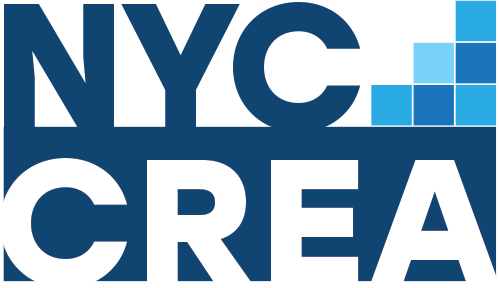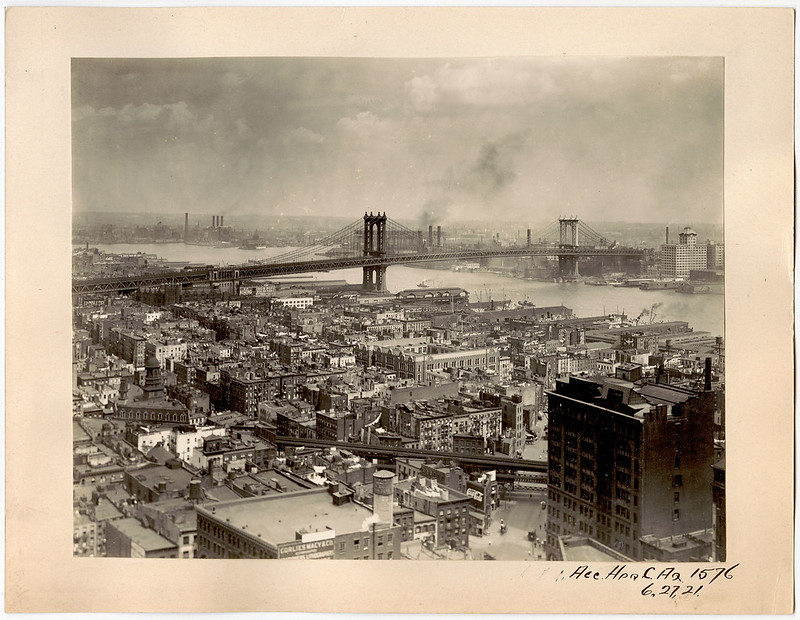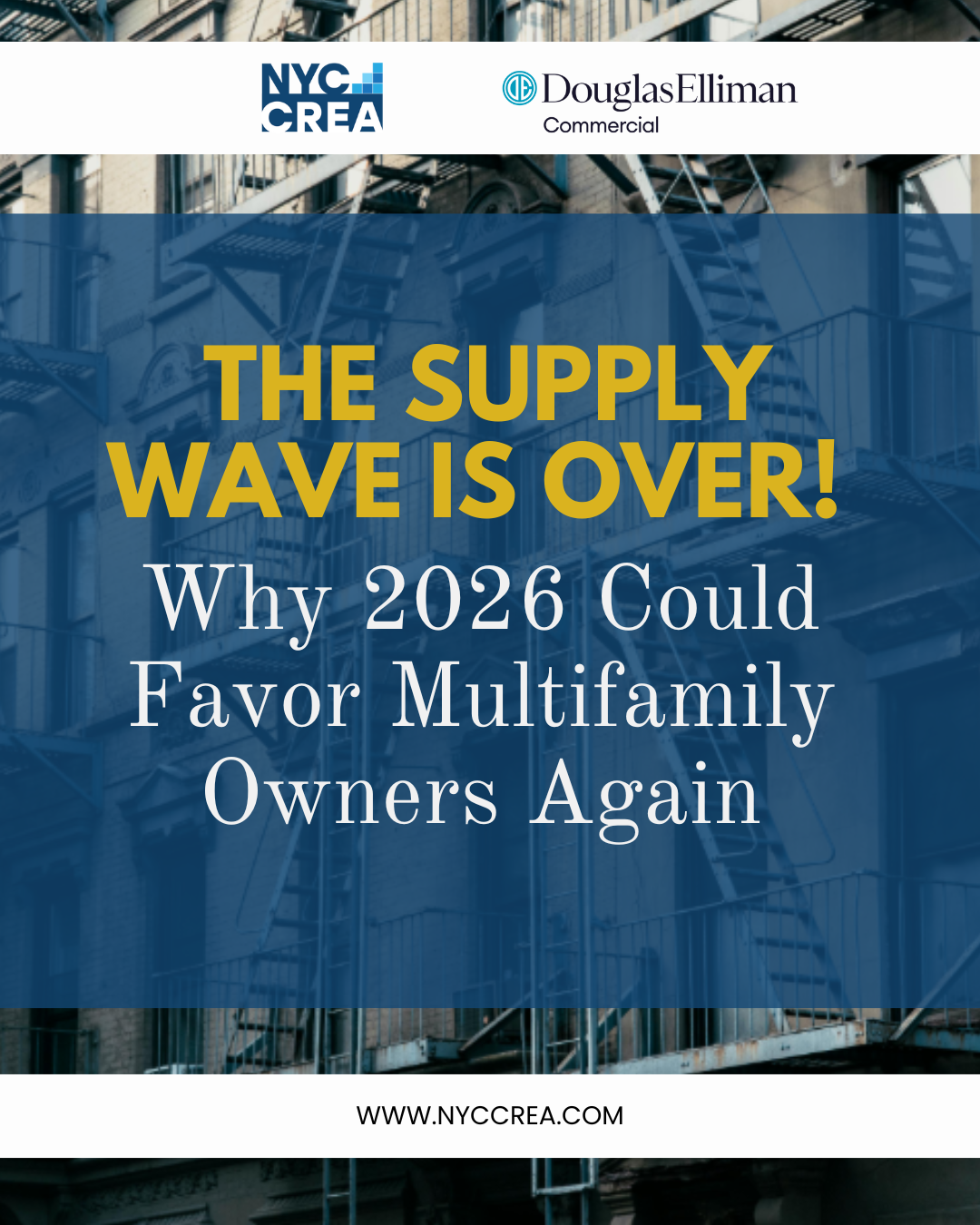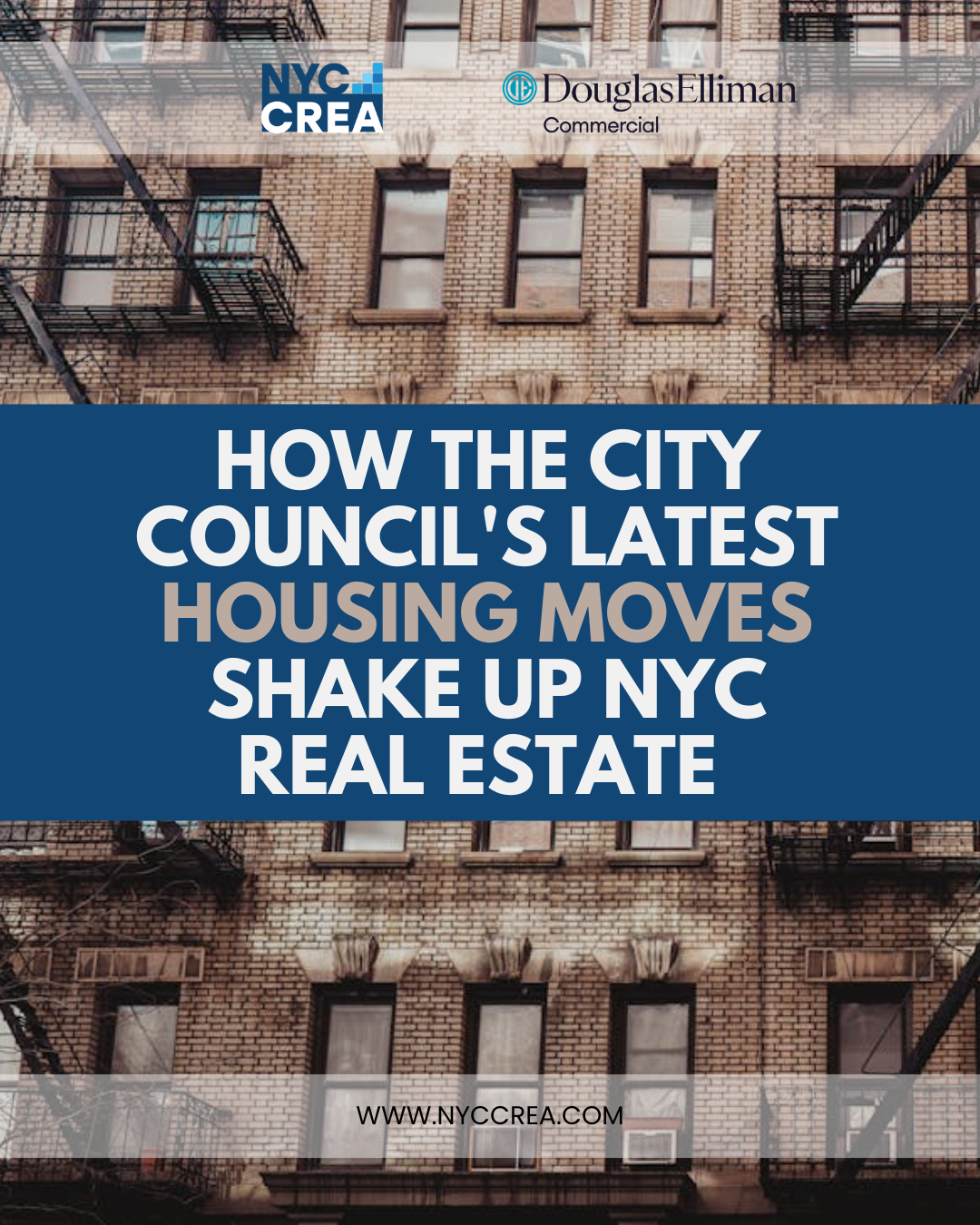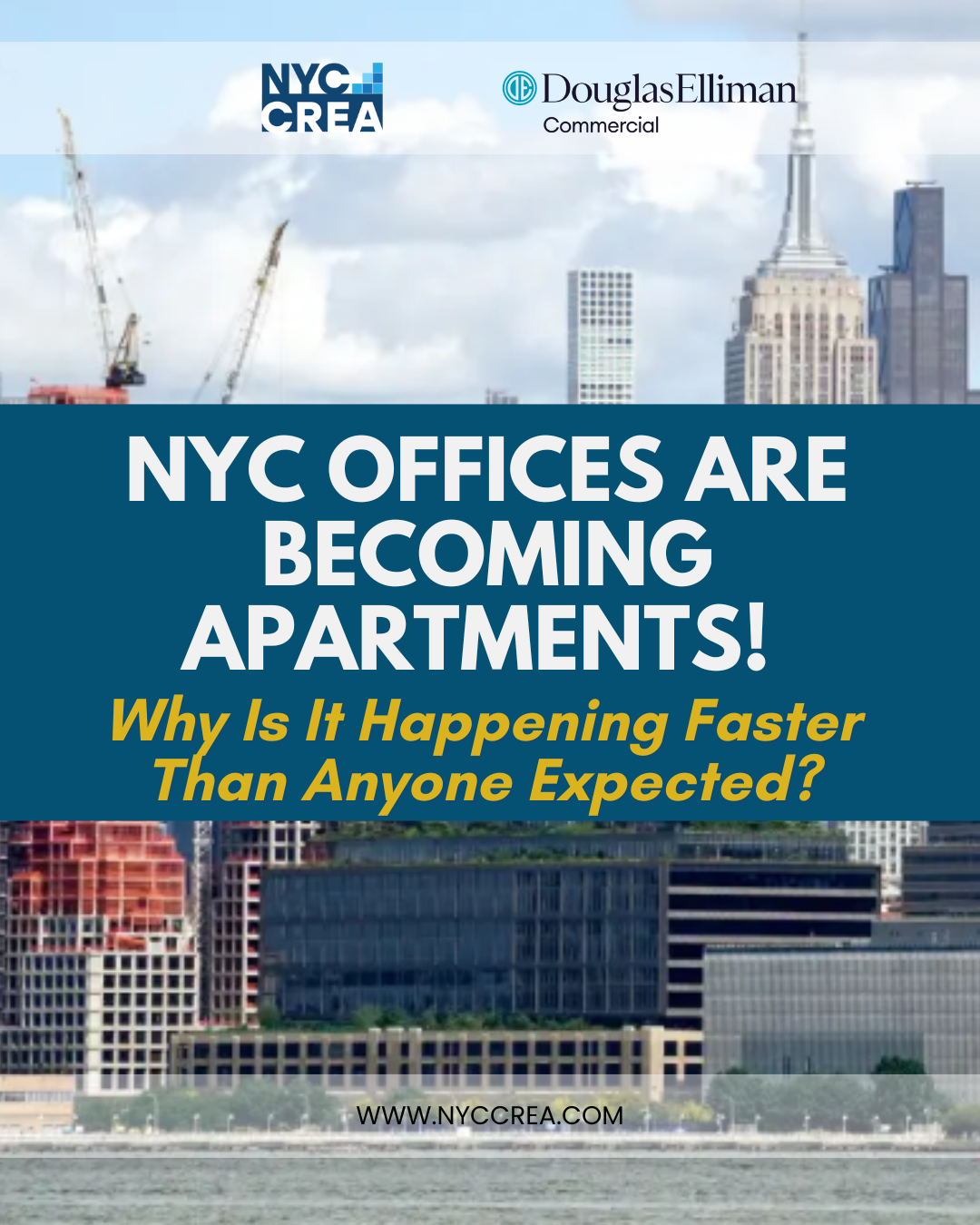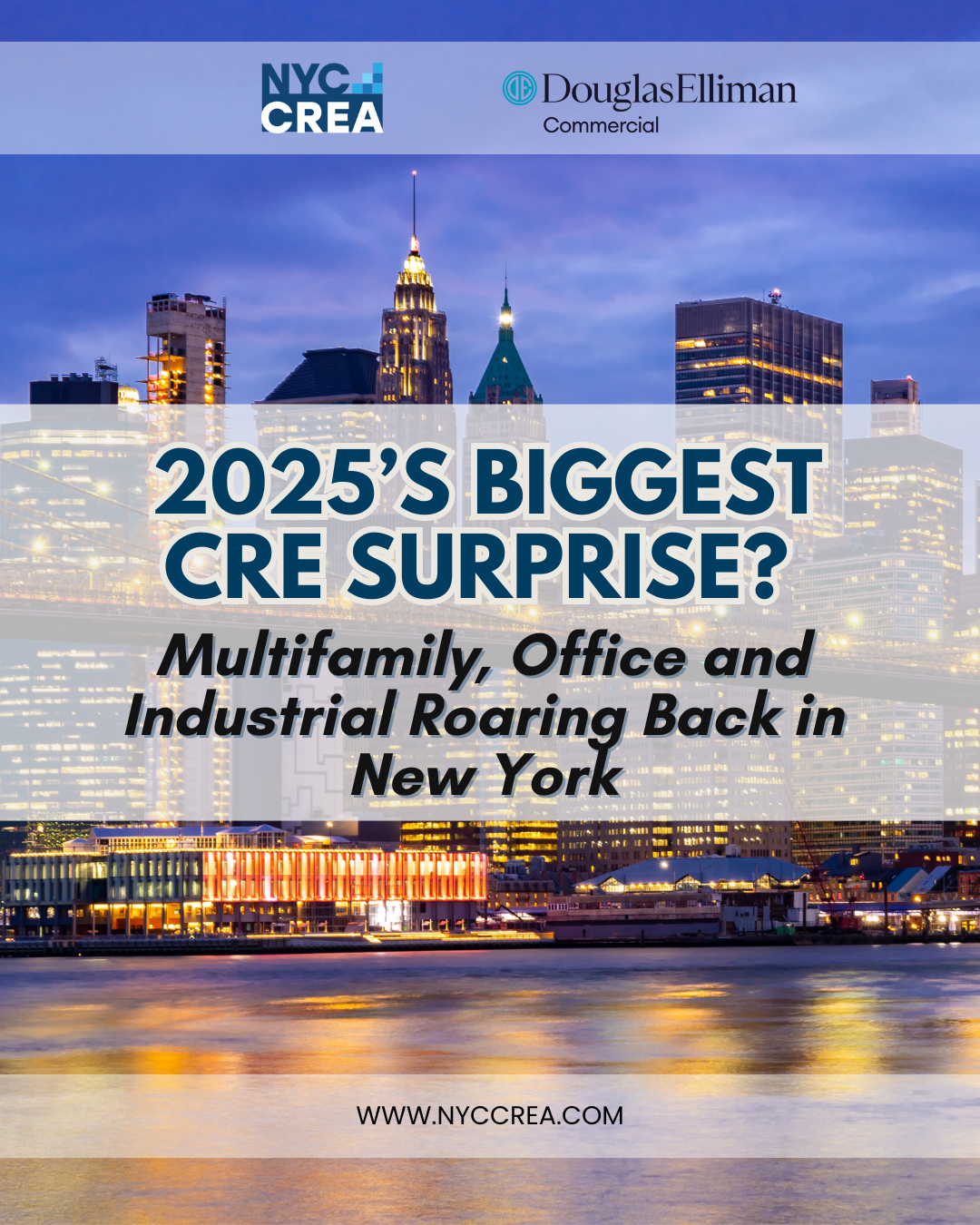Water rights and commercial real estate come together in a complicated way, especially in New York City. Water plays a crucial role in determining the value, usability, and allure of commercial places. Water rights in NYC are not just a legal rule, but a key part tied to the city’s commercial real estate scene.
A Brief Introduction to Water Rights in NYC
Over time, as New York City’s buildings and economy grew, so did the link between water rights and commercial real estate. In the past, riparian rights, which are rights of landowners whose land touches water bodies such as surface water, played a big role in forming the city’s real estate landscape.
The change in how NYC managed water started in 1842, when clean water came from upstate reservoirs to the city for the first time. This was a big step in the city’s effort to have reliable water sources. This new water supply system was largely driven by the construction of the Old Croton Aqueduct, which transported water from the Croton River in Westchester County to the city.
The aqueduct was approximately 40 miles long and represented the first major initiative to bring high volumes of clean water into the city. Prior to this development, New York City’s residents relied on local wells, ponds, and springs, but as the population grew, these sources became insufficient and contaminated.
The situation was exacerbated by a lack of proper sewage and garbage disposal systems, leading to pollution of waterways and the contamination of stone-lined wells by salt water from the Hudson and East Rivers. This inadequate and poor-quality water supply contributed to numerous health crises, including cholera epidemics.
Recognizing the dire need for a better water supply, city leaders decided to tap the Croton River as a cleaner and more abundant source. The construction of the Old Croton Aqueduct, a major engineering undertaking, began in 1837 and was completed in 1842.
The successful introduction of this system transformed the city’s water supply, marking a significant improvement in public health and sanitation, and supporting the city’s ongoing growth and development.
Over time, as commercial establishments burgeoned, the regulation of water rights became crucial to ensure fair distribution and maintenance of water quality. New York State’s approach to groundwater rights, tying them to landownership, further intertwined water rights with commercial real estate.
Property owners could withdraw water as long as it didn’t adversely affect others, a policy that carried implications for commercial real estate developers and owners.
These historical shifts in water rights regulations have left an indelible mark on NYC commercial real estate, underscoring the importance of understanding water rights in real estate transactions and development.
Implications of Water Rights for Commercial Real Estate
Understanding the Impact of Water Rights and Environmental Regulations
The landscape of commercial real estate in New York City is heavily influenced by the complex interplay of water rights and environmental regulations. Recent changes and updates in these areas have brought forth new challenges and opportunities for real estate developers, investors, and managers.
The Crucial Role of Due Diligence
Due diligence in real estate transactions involving water rights has become more critical than ever. The revised ASTM standard for Phase 1 assessments, focusing on identifying environmental concerns like soil and groundwater contamination, underscores the need for comprehensive evaluation of properties. This is especially true in New York City, where historical and ongoing developments can significantly impact property values and legal obligations.
Evolving Environmental Policies and Commercial Real Estate
Evolving environmental policies, particularly those related to PFAS (Per- and Polyfluoroalkyl Substances) regulations by the EPA, present new challenges for property owners and managers. The implications of these regulations extend to the due diligence process and are crucial for environmental indemnification in leases and sale agreements. Navigating these complexities is essential for successful real estate transactions in the city.
For example, the EPA’s regulatory action on PFAS, particularly on substances like PFOA (perfluorooctanoic acid) and PFOS (perfluorooctane sulfonic acid), has major implications for property transactions. Properties with a history of industrial use, or those near industrial areas, may be at risk of PFAS contamination.
This necessitates thorough environmental assessments during the due diligence process. A report by Greenberg Traurig, LLP highlights the importance of considering PFAS during diligence activities, even before any final designation by the EPA, depending on the site’s history and intended future use.
Navigating these complexities is essential for successful real estate transactions in the city. Prospective buyers and current property owners need to be aware of the potential liabilities associated with PFAS contamination, which can impact property values and lead to costly remediation efforts. This is particularly relevant in a densely populated and industrially diverse city like New York.
As regulatory scrutiny on PFAS and other environmental hazards increases, the importance of environmental indemnification clauses in real estate contracts also grows. These clauses can protect buyers and lessees from unforeseen environmental liabilities, making them an increasingly critical component of commercial real estate transactions in NYC.
Adapting to Climate Change Mitigation Policies
The commercial real estate market in NYC is adapting to the broader implications of climate change mitigation policies. These include a range of initiatives and regulatory changes aimed at promoting energy efficiency and sustainable building practices, affecting water rights.
The Infrastructure Investment and Jobs Act
This act, signed into law in November 2021, provides a framework for enhancing energy efficiency in commercial buildings. It includes provisions for updating energy auditing, developing better model building codes to encourage efficiency and resiliency features in buildings, and training tradesmen to install these measures. The act also explores the deployment of heating systems that generate distributed power, promoting co-generation efforts in commercial properties.
The Infrastructure Investment and Jobs Act significantly enhances the value of NYC commercial real estate by promoting energy-efficient and resilient building practices. The Act’s focus on updating building codes and providing incentives for energy-efficient technologies positions NYC commercial properties at the forefront of sustainable development.
This not only aligns with environmental goals but also offers long-term cost savings and attractiveness to eco-conscious tenants and investors, thereby potentially increasing property values and investment appeal in the competitive real estate market.
Local Laws and Regulations in NYC
New York City has implemented local laws as part of its commitment to reduce greenhouse gas emissions. For instance, Local Law 97, part of the Climate Mobilization Act, sets carbon emission limits for buildings over 25,000 square feet, pushing property owners towards more energy-efficient operations. It represents one of the most ambitious plans for reducing emissions from existing buildings in any city globally.
Local Law 97 and related regulations in NYC, which aim to reduce greenhouse gas emissions and promote energy efficiency, indirectly add value to water rights in the context of NYC commercial real estate. As these laws push for more sustainable and environmentally friendly building operations, the management of water resources becomes increasingly significant.
Incentives for Energy Efficiency
Various tax and other incentives have been introduced to encourage energy efficiency, fuel choice, or installation of energy systems in commercial buildings. These incentives are designed to make it more financially viable for property owners to invest in sustainable and energy-efficient technologies.
For instance, the Con Edison Commercial and Industrial Energy Efficiency Program provides cash rebates and incentives for the installation of energy-efficient equipment and technologies. Eligible items for rebates include lighting and lighting controls, HVAC systems, motors, variable frequency drives (VFDs), chiller and refrigeration system upgrades, and more.
There are two main categories of incentives: the Equipment Rebate Program and the Custom Program. The Equipment Rebate Program offers cash rebates for installing eligible equipment, while the Custom Program provides custom incentives for energy-efficient technologies not included in the Equipment Rebate Program.
Another one is the NYSERDA’s New Construction and Renovations Programs & Incentives, which offers support for developing energy-efficient buildings and spaces, including technical and financial support for new or substantially renovated commercial buildings.
It also includes additional support for projects designed for deep energy savings or zero net energy, and for projects incorporating smart building technologies. The Inflation Reduction Act also provides businesses with access to tax credits for energy efficiency investments in commercial building retrofits or new construction projects, including building envelope upgrades.
Lastly, there are special incentives for buildings in Brooklyn and Queens. For small businesses, this includes free energy audits from Con Edison and incentives covering 100% of the cost for lighting upgrades and refrigeration night case covers. For large commercial and industrial customers, there are exclusive energy efficiency incentives such as rebates for combined heating and power (CHP) systems and refrigeration batteries
The various incentives aimed at promoting energy efficiency and sustainability in NYC commercial real estate indirectly enhance the value of water rights in the sector. These incentives encourage the adoption of practices and technologies that efficiently manage and conserve water, an increasingly valuable resource in urban environments.
As commercial properties invest in sustainable water management systems to comply with environmental standards, they not only contribute to overall sustainability goals but also potentially increase their market value and attractiveness to eco-conscious tenants and investors.
This alignment with sustainability initiatives places a premium on properties that are adept at integrating water rights and water management strategies into their operations, highlighting their growing importance in the realm of commercial real estate.
Exploring Water Rights in NYC Commercial Real Estate Transactions
The intricate dance between water rights and NYC commercial real estate transcends mere ownership, plunging into a realm where legal diligence and strategic negotiation take center stage. In the bustling market of New York City commercial real estate, securing water rights during property transactions is not only prudent but vital for ensuring the property’s usability and value.
Exercising Due Diligence
Exercising due diligence in identifying and securing water rights is crucial, especially during property transactions. It involves a comprehensive review of the property’s title and water rights, ensuring legal use and understanding the characteristics of these rights.
This process is vital because water rights can significantly influence the value and utility of a property, affecting decisions on property purchase and development. Understanding both the physical availability and the legal entitlement to water is essential in assessing a property’s true value, which in turn can impact investment decisions in the commercial real estate market.
Seeking and Consulting Legal Counsel
In navigating the complexities of water rights in NYC commercial real estate, legal counsel plays a pivotal role. An illustrative scenario would be a theoretical case where a development in an urban area faces challenges due to historical water rights.
A specialized legal team, with their expertise in local and federal water laws, would be essential in conducting due diligence, resolving conflicts, and ensuring regulatory compliance. Their guidance in such intricate legal matters underscores the value of legal expertise in protecting the interests of parties involved in real estate transactions.
Bargaining Chip
Water rights can be a crucial element in commercial real estate transactions in NYC, often acting as a significant bargaining tool. Their presence or absence can greatly affect a property’s attractiveness and potential for development, thus influencing its market value.
In negotiations, the assurance of water access can be leveraged to command higher prices or more favorable terms. Conversely, the lack of established water rights may serve as a negotiation point for buyers to seek price adjustments. This dynamic makes water rights a key factor in the strategic planning and decision-making process of real estate transactions.
Future of Water Rights and Commercial Real Estate in NYC
The nexus between water rights and commercial real estate in NYC is poised for evolution, driven by potential regulatory shifts and sustainability initiatives. As New York City strides towards a sustainable future, the commercial real estate sector finds itself at the crossroads of adapting to new water management practices and navigating the changing regulatory landscape.
Potential Regulatory Changes
Anticipated changes in water rights regulations could significantly impact the commercial real estate sector. These changes may alter the way water rights are allocated, used, and managed, presenting both challenges and opportunities for commercial real estate developers.
As of this writing, the most recent regulatory change happened in the form of rate adjustments by the NYC Water Board, effective from July 1, 2023. This impacts NYC commercial real estate by influencing operational costs related to water usage.
Higher water and sewer rates can affect the overall expenses of maintaining and operating commercial properties. This could lead to increased costs for tenants or a reevaluation of utility management strategies by property owners.
Sustainability Initiatives
The intersection of sustainability initiatives in water management and commercial real estate development opens avenues for innovative practices. From rainwater harvesting systems to greywater recycling, these initiatives not only contribute to sustainable water management but also enhance the appeal and functionality of commercial properties.
Notably, in Brooklyn and Queens, green roof initiatives are gaining traction as a key component of sustainability in commercial real estate. These initiatives, supported by the NYC Green Roof Property Tax Abatement Program, incentivize the installation of green roofs by offering tax abatements.
Green roofs, which must cover at least 50% of the rooftop and predominantly consist of live plants such as sedum, provide multiple benefits. They absorb rainwater, offer insulation, and help combat urban heat island effects. This enhances the environmental sustainability of buildings while also adding value to properties in these boroughs.
Innovative Water Management Practices
Examples abound of innovative water management practices adopted by commercial real estate developers in NYC. The integration of green infrastructure, like green roofs and permeable pavements, reflects a growing recognition of the importance of sustainable water management within the commercial real estate sector.
These practices not only address water rights issues but also contribute to creating resilient and sustainable urban landscapes in New York City.
One key area of focus is water conservation. Strategies such as the installation of low-flow toilets and more efficient cooling towers are common. These measures aim to reduce water usage and waste, contributing to overall water efficiency in commercial buildings.
Additionally, there’s a growing emphasis on water reuse, which involves capturing, treating, and repurposing non-potable water like stormwater or wastewater. This approach acknowledges the cyclical nature of water and aims to maximize its use.
The city’s plans for sustainability shape the path of water rules and commercial real estate in NYC. As regulatory frameworks evolve and sustainability becomes a cornerstone of real estate development, understanding and adapting to the changing dynamics will be crucial.
The future will see water rules and commercial real estate working together to make NYC a green and lively city. This includes following laws, looking after the environment, and trying new building ideas.
Water Rights are Our Rights
In NYC commercial real estate, understanding and efficiently managing water rights is increasingly vital. Historically, access to water resources has significantly impacted property values. Staying informed about water laws and adopting sustainable water usage practices are essential for real estate success. Additionally, evolving water regulations can influence the real estate market, indicating a future where savvy water management and real estate achievements are closely linked.
